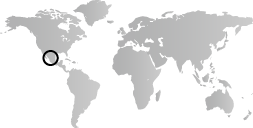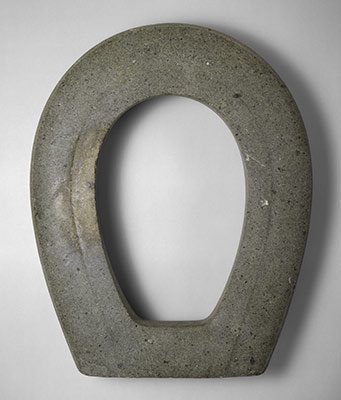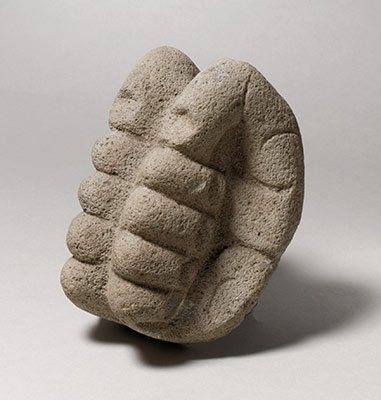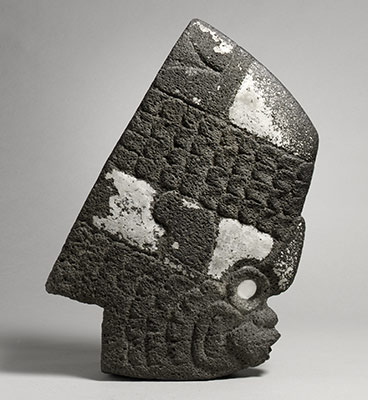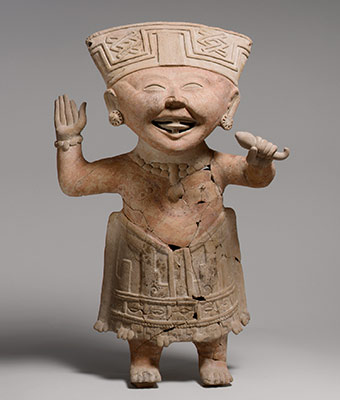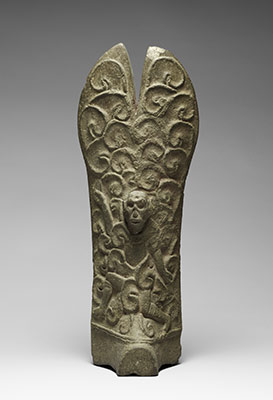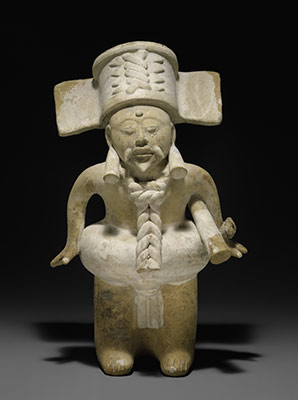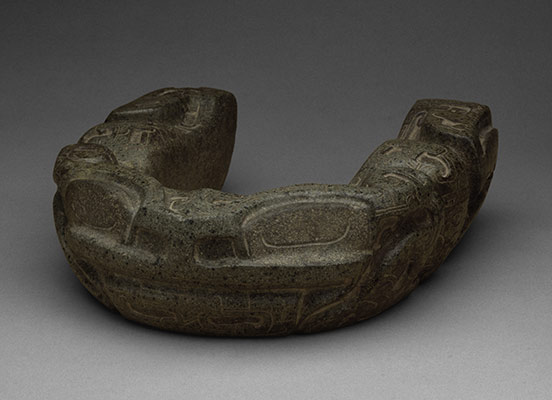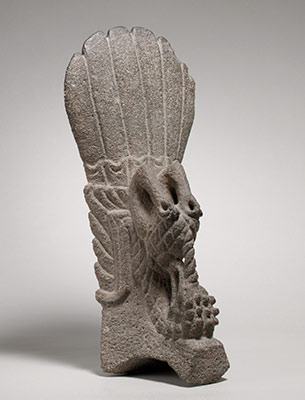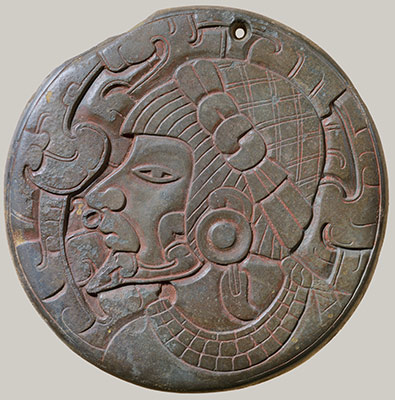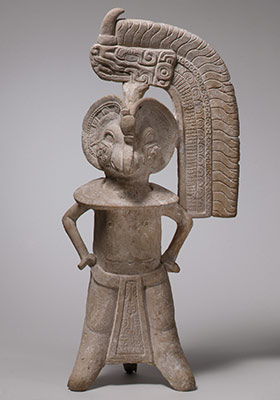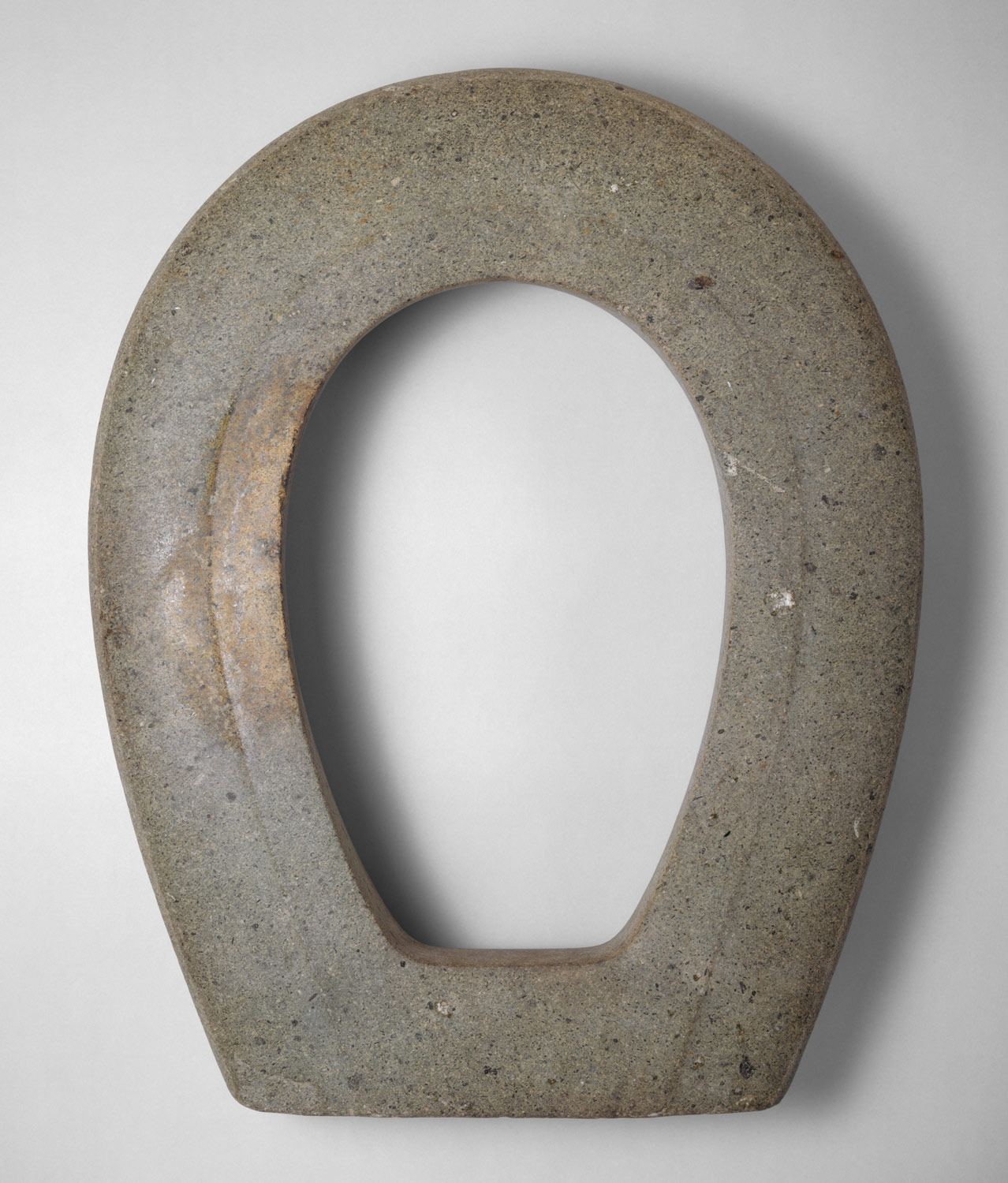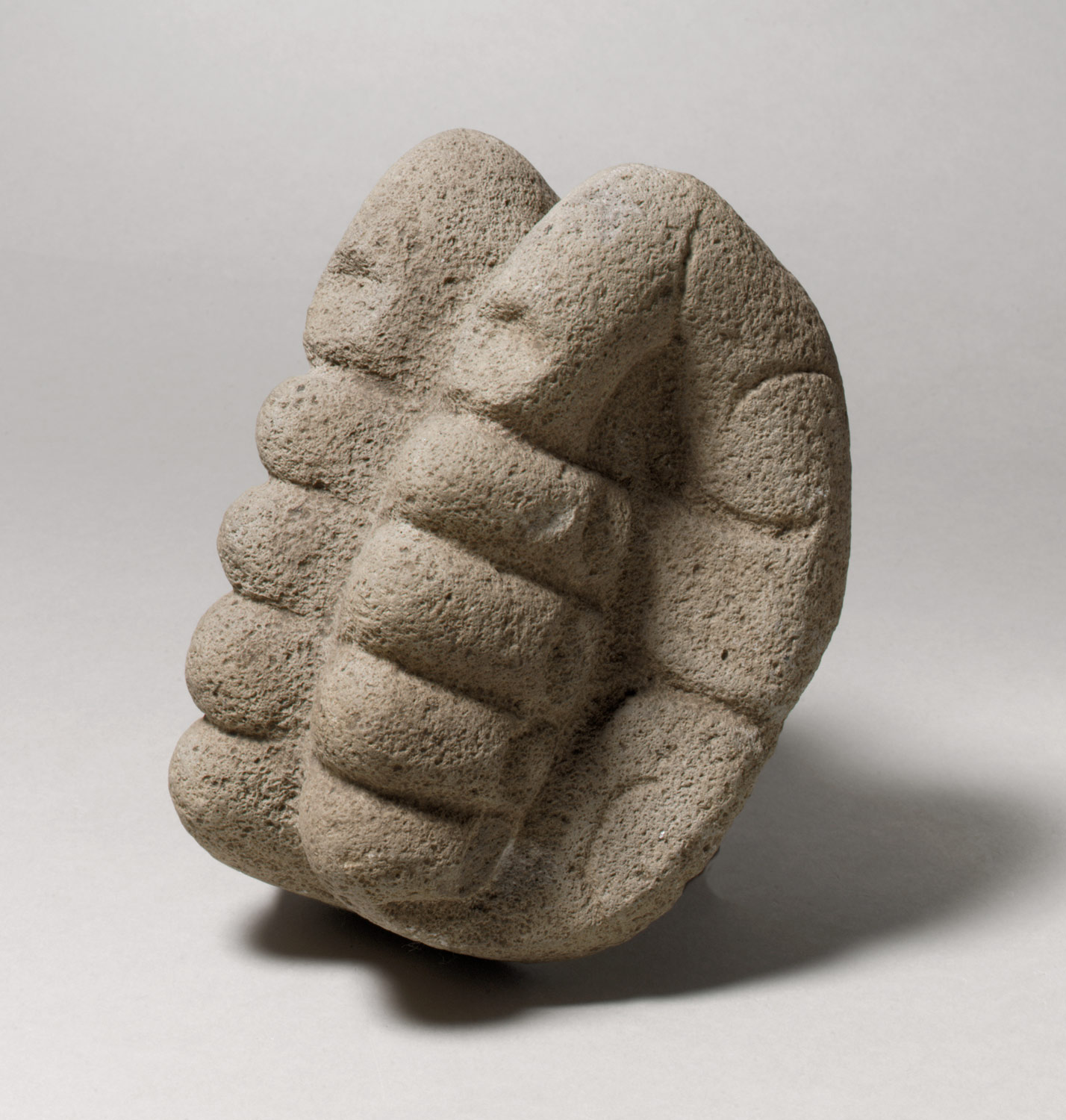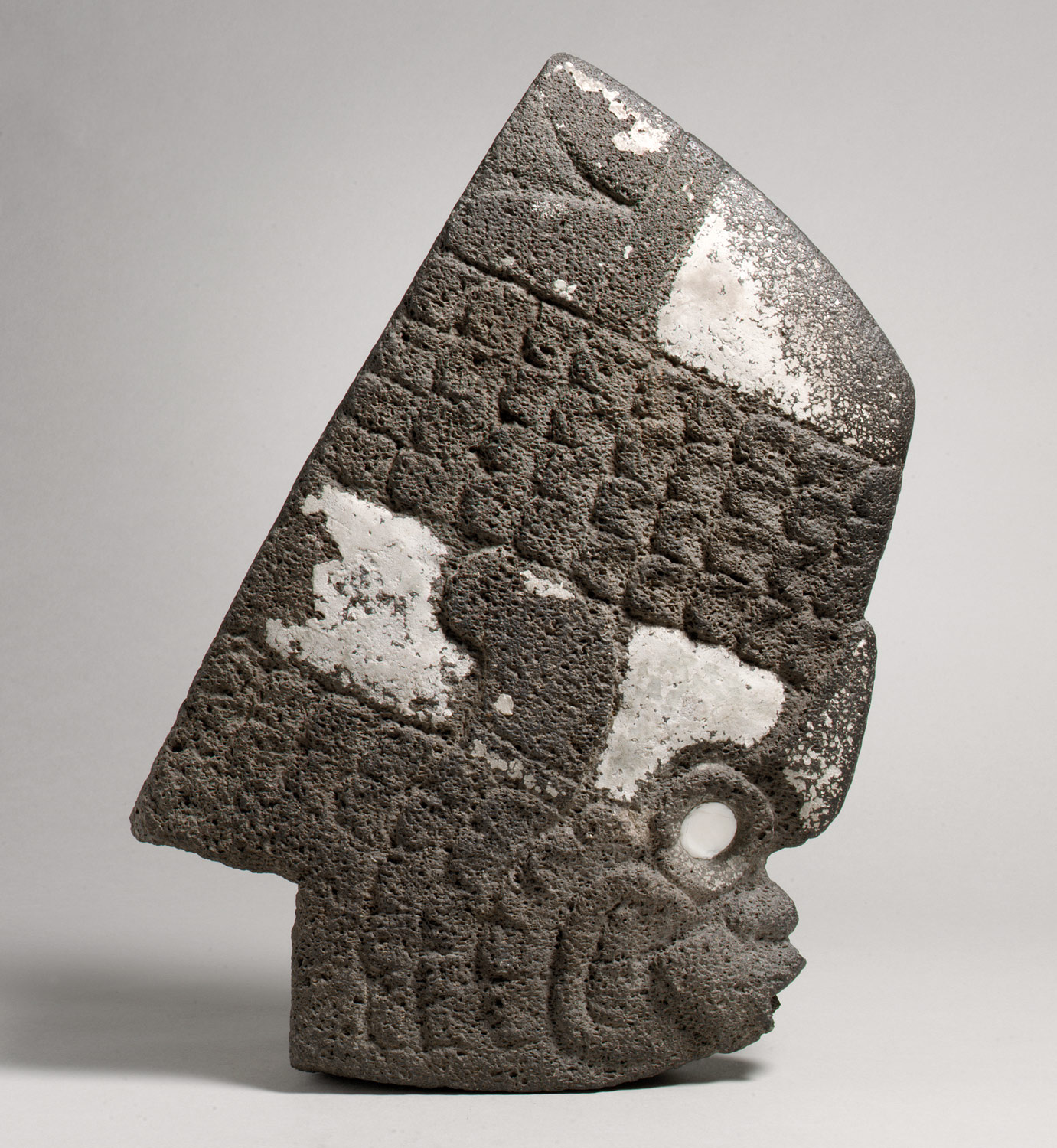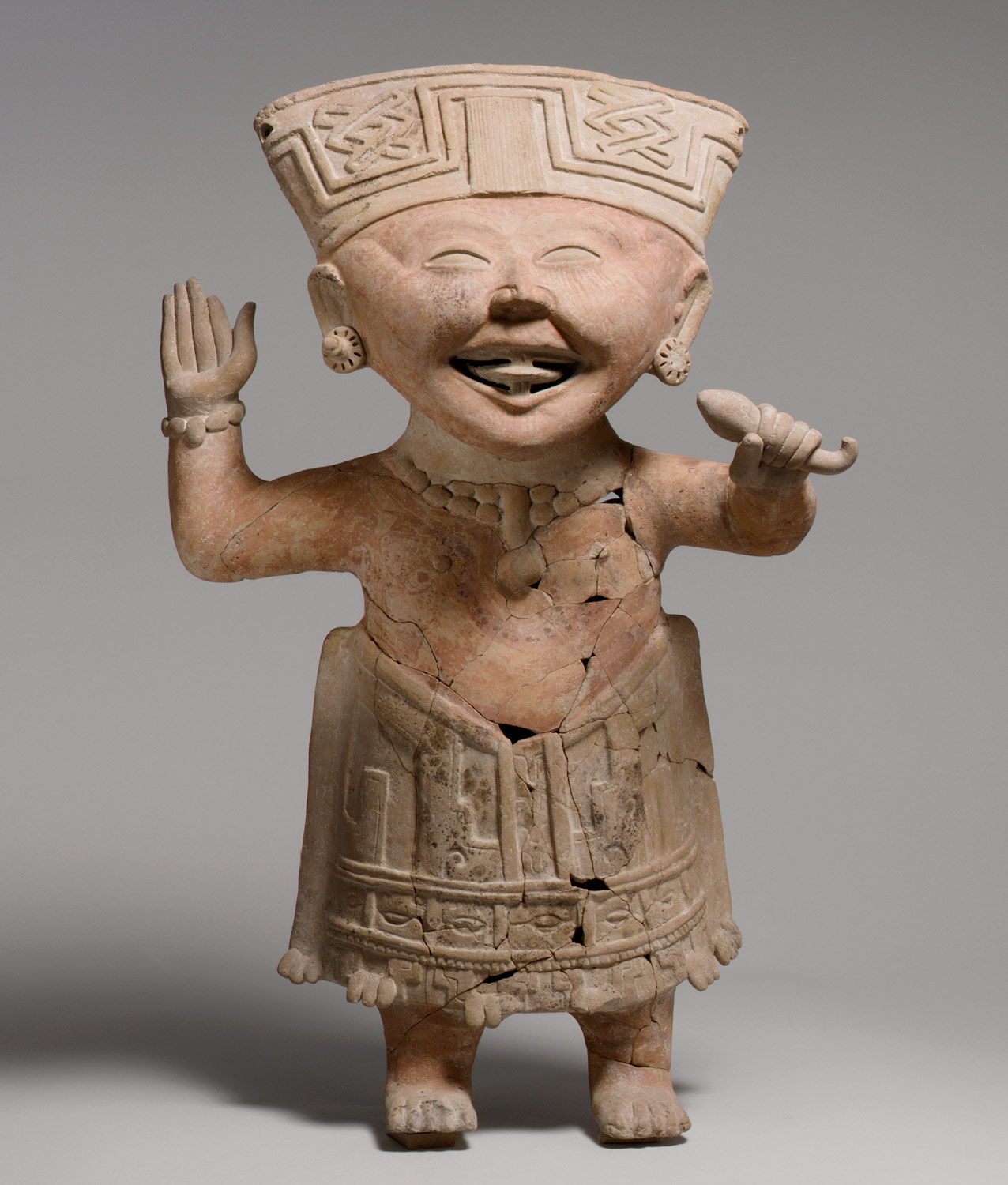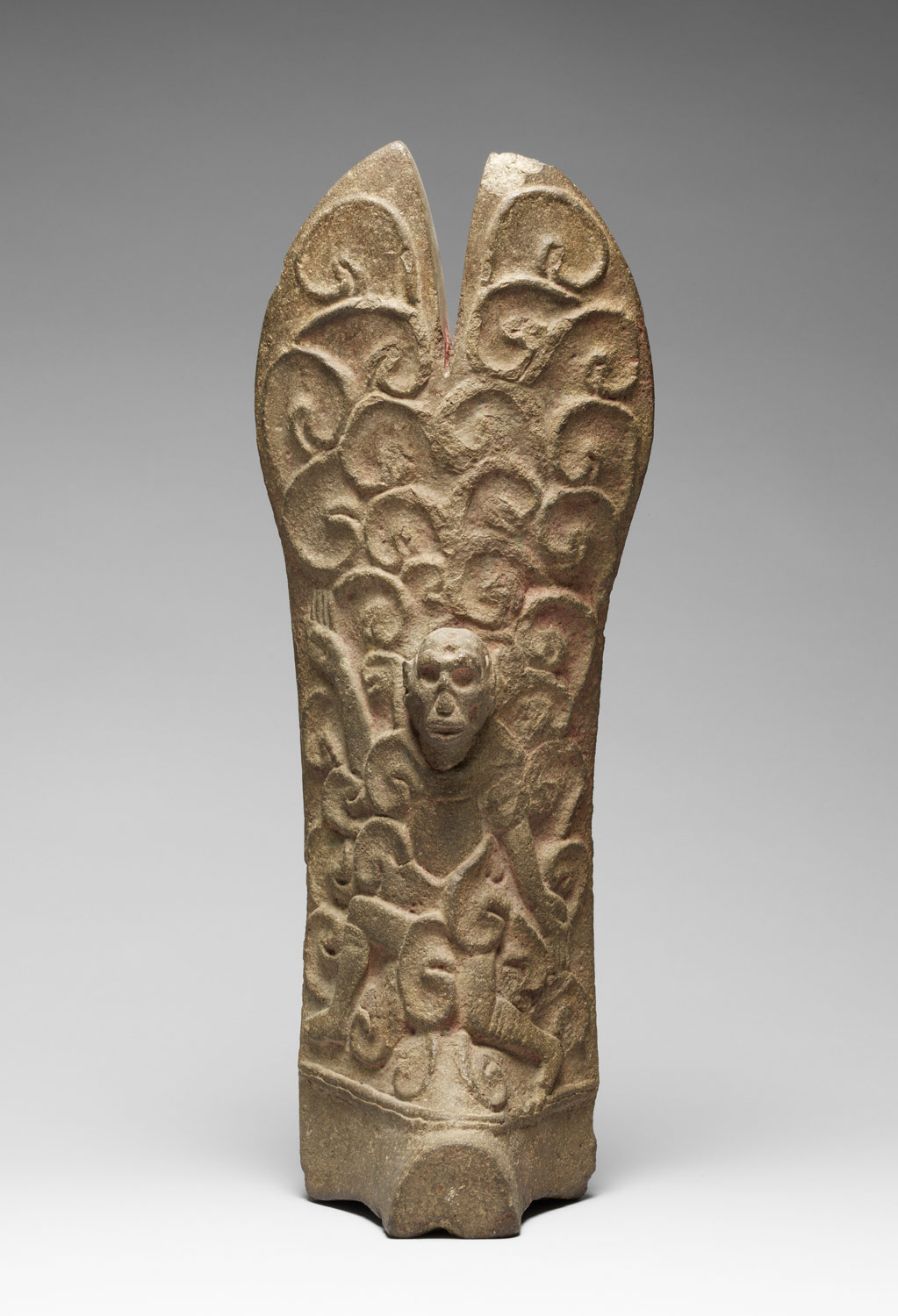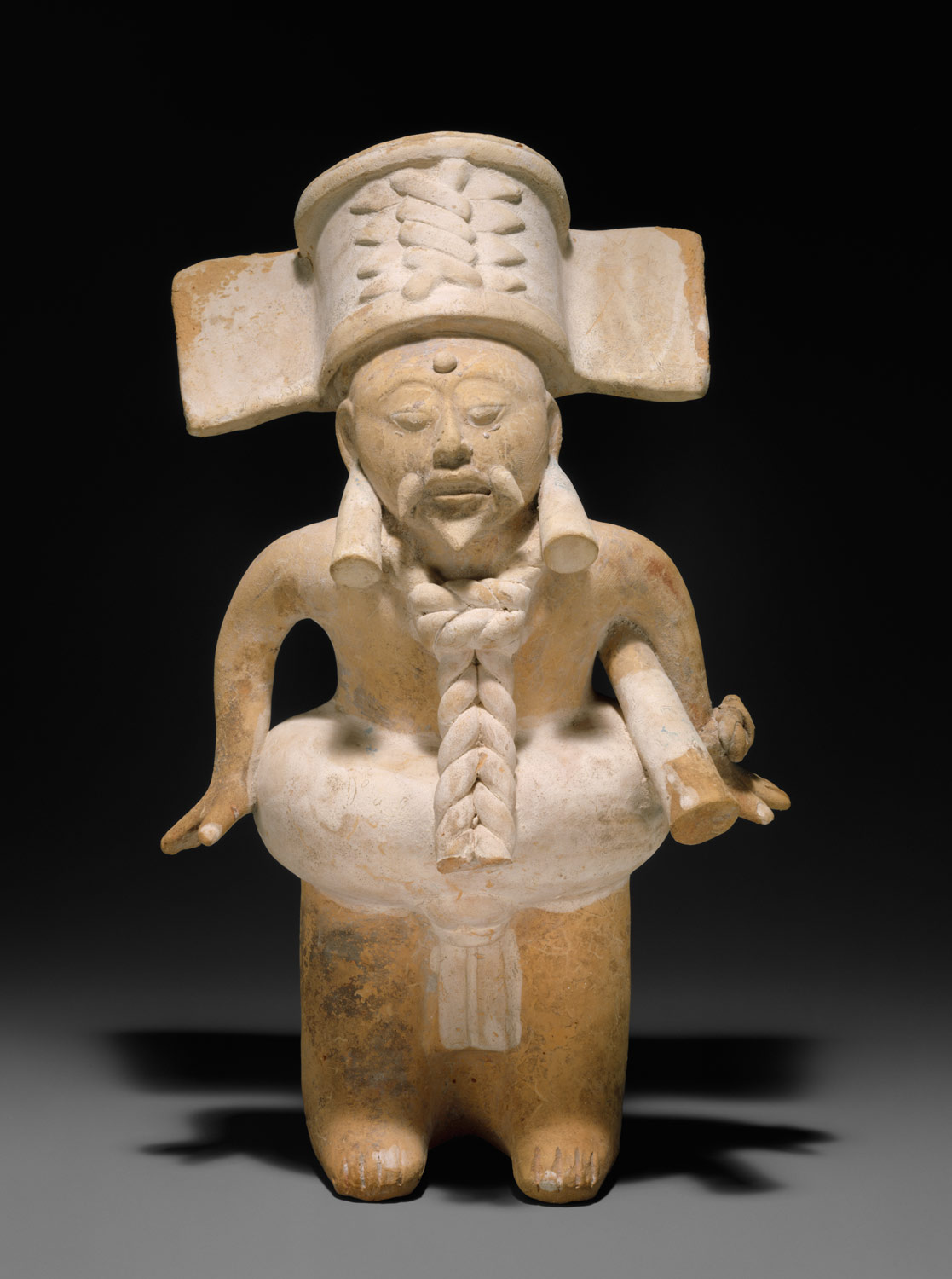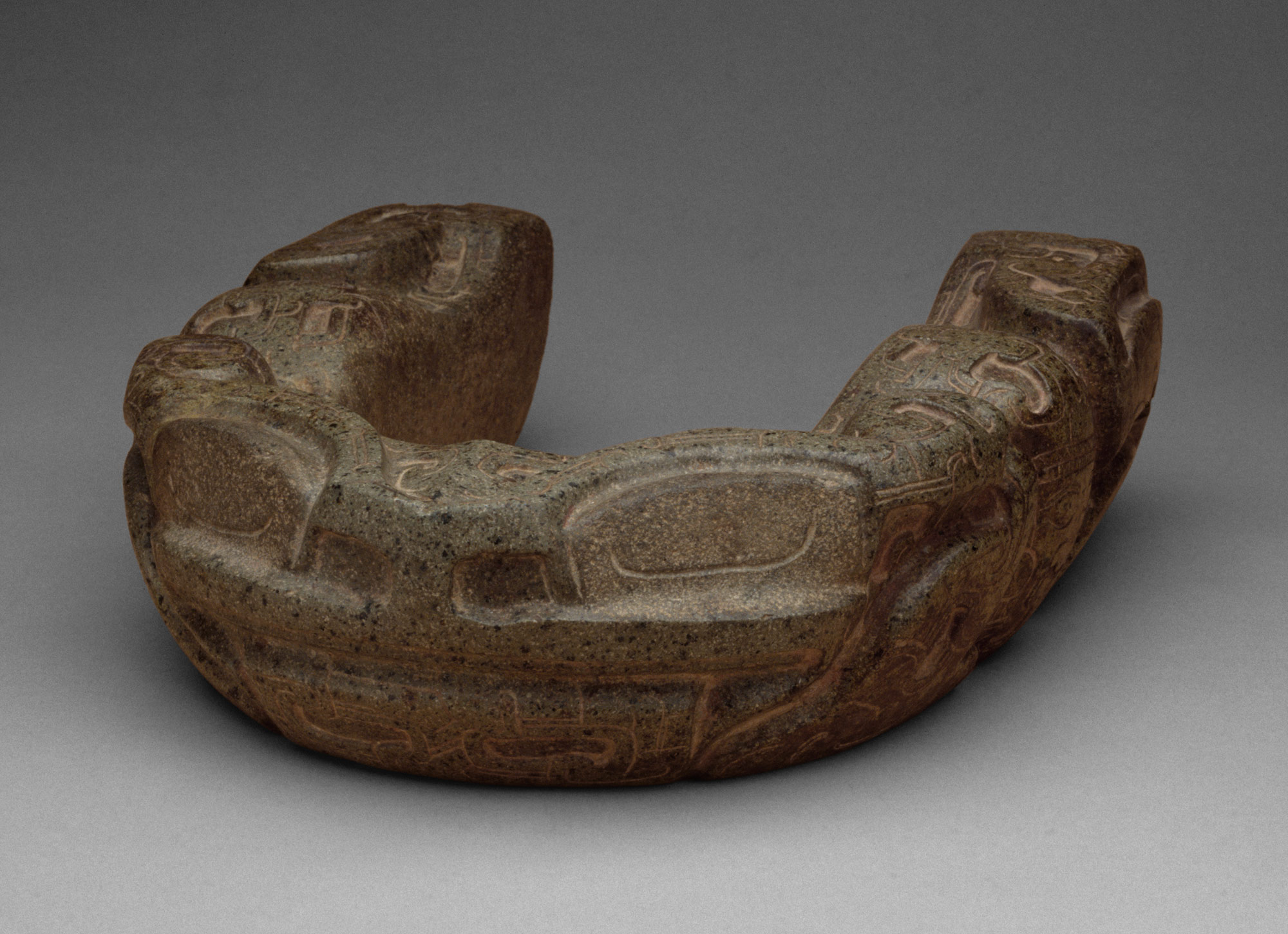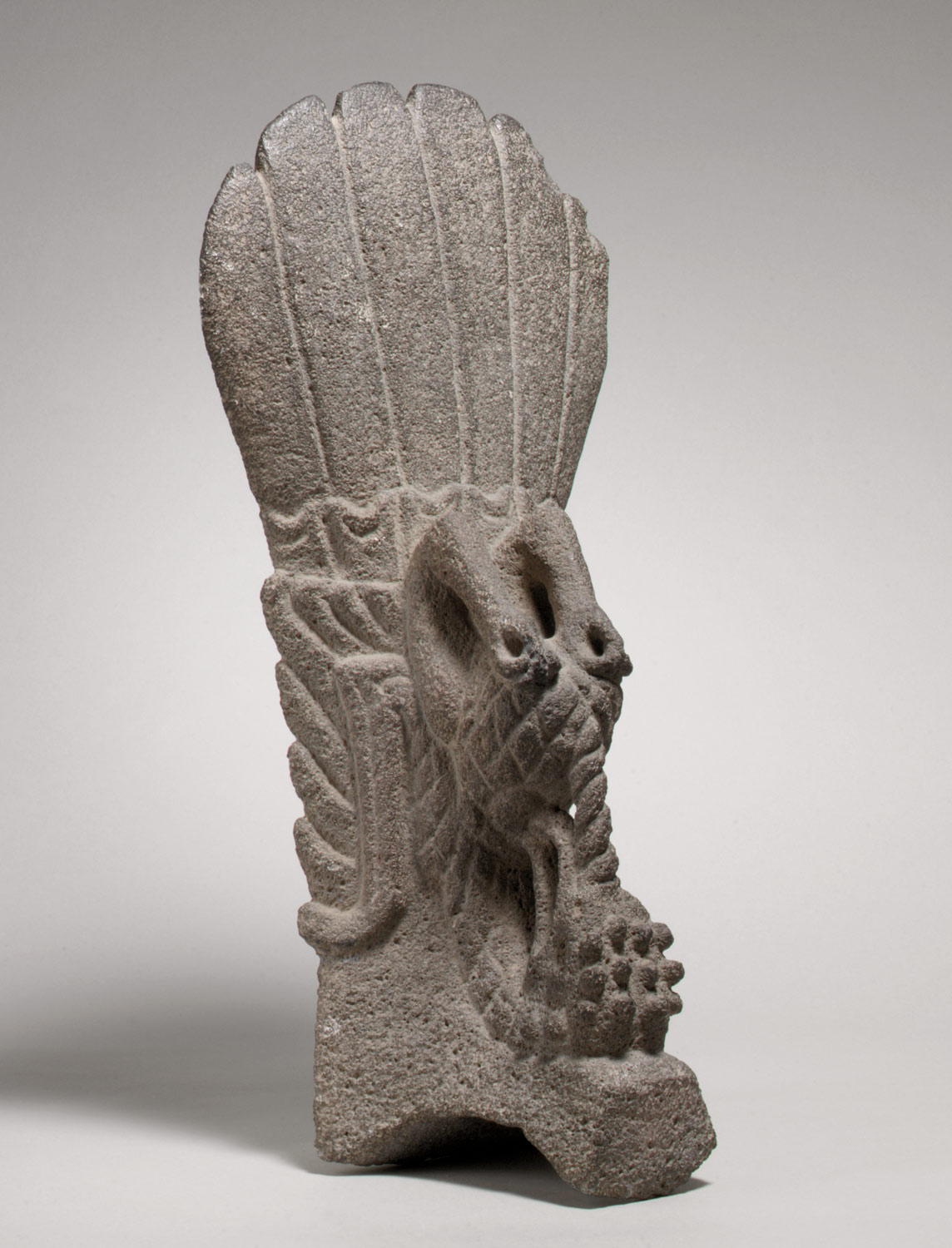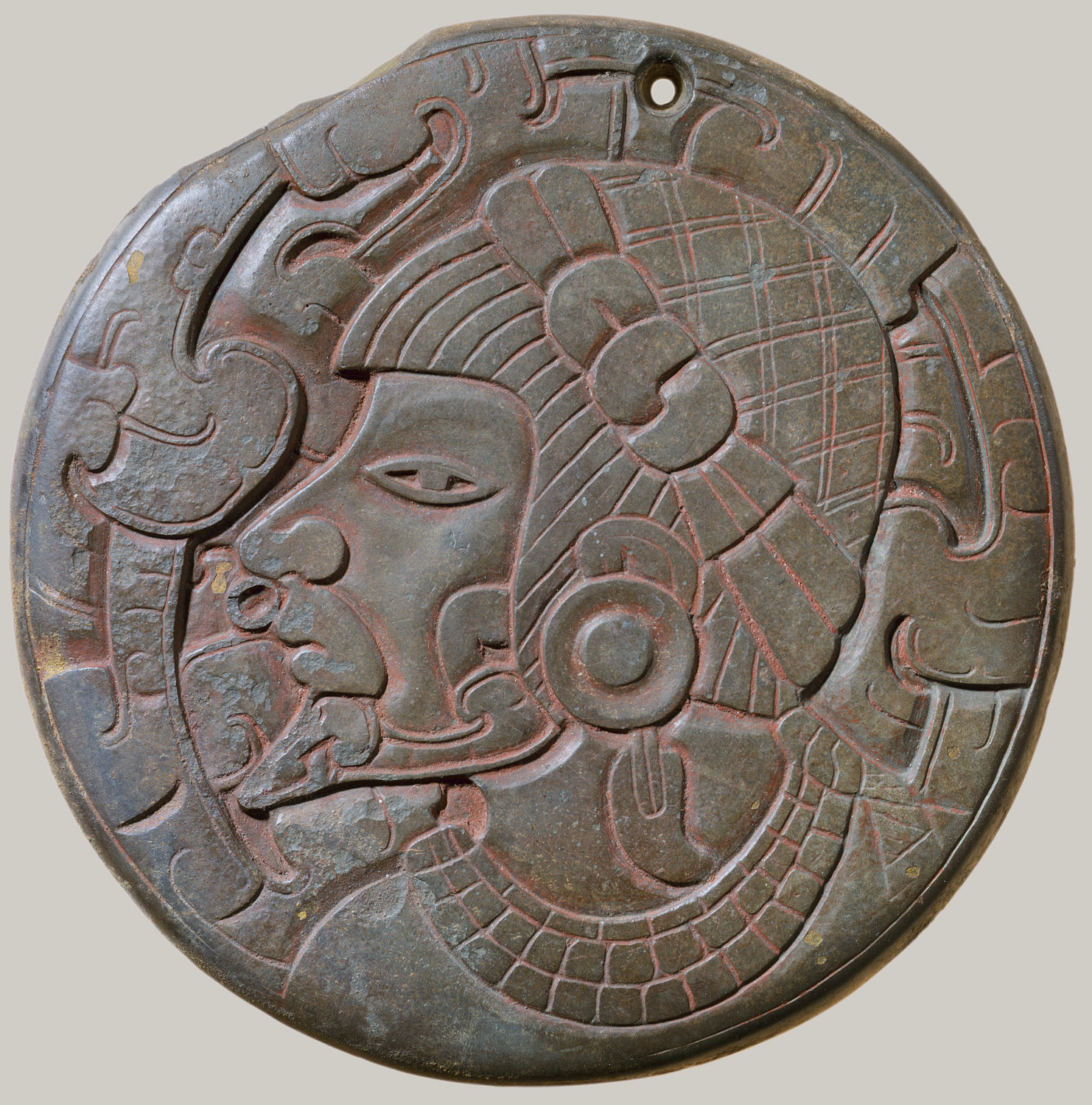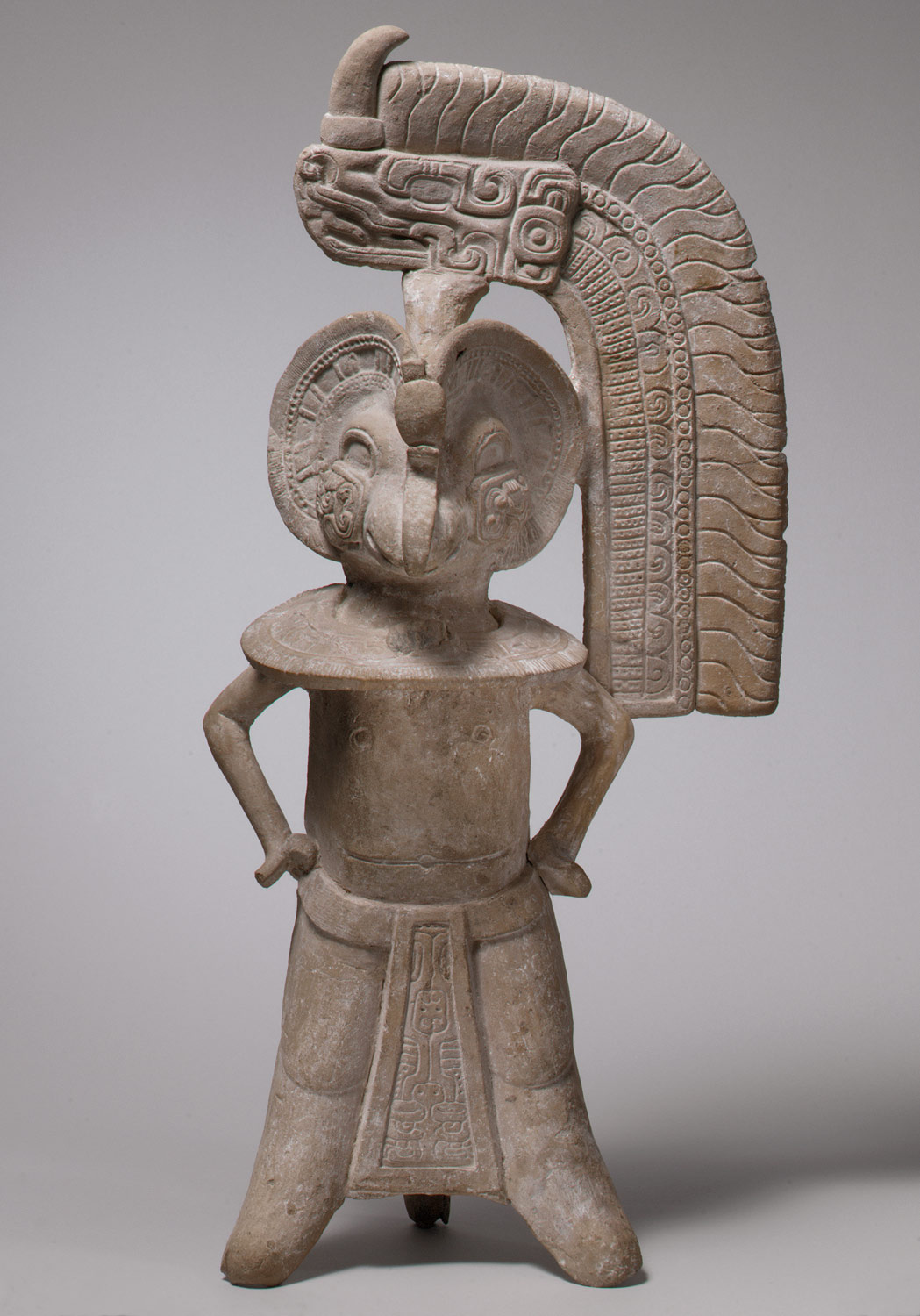The fall of Teotihuacan in the seventh century precipitates a period of dislocation. Many peoples are uprooted to new territories, forming new political and trade alliances, and creating eclectic art styles. A number of smaller cities in central Mexico compete for control and prestige. On the coast of the Gulf of Mexico, El Tajín develops into an extensive site and appears to have been the center for important ceremonial games. In the Valley of Oaxaca, small regional centers increase their power at the expense of Monte Albán, and the Mixtecs have a growing presence. By 900 A.D., the Toltec culture is the new centralizing force in Mesoamerica.
Mexico, 500–1000 A.D.
Timeline
500 A.D.
625 A.D.
CENTRAL MEXICO
GULF COAST
WESTERN MEXICO
SOUTHERN MEXICO
625 A.D.
750 A.D.
CENTRAL MEXICO
GULF COAST
WESTERN MEXICO
SOUTHERN MEXICO
750 A.D.
875 A.D.
CENTRAL MEXICO
GULF COAST
WESTERN MEXICO
SOUTHERN MEXICO
875 A.D.
1000 A.D.
CENTRAL MEXICO
GULF COAST
WESTERN MEXICO
SOUTHERN MEXICO
Overview
Key Events
-
ca. 500
The city of Teotihuacan covers about eight square miles, with an estimated population between 100,000 and 200,000. Major construction activity in the city subsides, while production of prestigious craft goods for local use and export flourishes. Large quantities of ceramics—cylindrical tripods, figurines, and multipiece incense burners—and greenstone, calcite, and obsidian human figures and masks are manufactured in specialized workshops.
-
ca. 500
The Teuchitlán tradition of circular structures flourishes in the highland valleys of west central Jalisco. Elite ceremonial and administrative centers are constructed of circular, truncated pyramids arranged in large circles often associated with ballcourts.
-
ca. 500
Cholula in the fertile Puebla-Tlaxcala valley thrives. Its Great Pyramid, Tlachihualtépetl (“man-made mountain”), is enlarged; stairs on all four sides allow access to the summit. Subsequent enlargements will make it the largest, continuously used structure in ancient America.
-
ca. 550
Elite tombs in regional centers in the Oaxaca valley feature door jambs and panels of stone carved with scenes and Zapotec hieroglyphs recounting the genealogies of the ruling lords.
-
ca. 600
On the north central frontier of Mexico, the Chalchihuites culture exploits the mineral resources along the foothills of the Sierra Madre Occidental. Mesoamerican culture traits are transmitted into the United States Southwest.
-
ca. 600
Teotihuacan’s influence over the rest of Mesoamerica ceases.
-
ca. 600
Cantona, located east of the central Mexico highlands and Teotihuacan’s main competitor for control of the obsidian trade, builds fortifications.
-
ca. 650
Principal temples and elite residences in central Teotihuacan are burned, and carved cult objects smashed, perhaps the result of an internal political and economic crisis. Many apartment compounds are abandoned, but parts of the site remain inhabited until about 900.
-
ca. 650
In central Veracruz, a number of regional centers produce vast quantities of ceramic sculpture for ritual purposes, among them Remojadas, Nopiloa, and El Zapotal.
-
ca. 700
Xochicalco in western Morelos develops into an important regional center. Its art and architecture combine elements of traditional Teotihuacan style with aspects of contemporary styles from the Oaxaca, Maya, and Gulf Coast regions.
-
ca. 700
El Tajín dominates on the Gulf Coast, where the ballgame is the focus of ritual activity. The site has no fewer than seventeen ballcourts; hundreds of portable sculptures associated with the game, known as yokes, hachas, and palmas, have been found throughout the north central Gulf lowlands.
-
ca. 700
Tula Chico is founded in the present state of Hidalgo in the northern Basin of Mexico. The city’s population is composed of many disparate ethnic groups.
-
ca. 800
Major construction ceases at Monte Albán and its population declines rapidly. Political power in the Oaxaca valley shifts to smaller centers on the valley floor, among them Yagul, Mitla, and Zaachila.
-
ca. 800
Well-preserved mural paintings at Xochitécatl-Cacaxtla in the Valley of Tlaxcala provide evidence of the presence of powerful Maya groups in the heart of central Mexico. Xochitécatl-Cacaxtla controls trade routes between the Gulf Coast and the central highlands.
-
ca. 800
The city of Tula covers an area of about two-and-a-half square miles. Like Teotihuacan, its plan is a uniform grid, oriented north-south, with streets, terraces, plazas, and residential compounds. New architectural elements include colonnaded halls, atlantean sculptures, chacmools, skull racks, and warrior figures on columns and murals. Toltec culture and religion, which includes new gods, among them Quetzalcoatl and Tezcatlipoca, spread rapidly throughout Mexico via trade and conquest.
-
ca. 800
Metallurgy is introduced into western Mexico, probably through long-distance contact with much older South American traditions; copper is the most common metal used.
-
ca. 850
Catastrophic destruction and rapid abandonment occur in most flourishing central Mexican city-states, a result of local revolt and/or military conquest, perhaps at the hands of the Toltecs.
-
ca. 900
Toltec Tula is the powerful capital of a state that integrates the diverse peoples of Mexico into a new cultural system. Its trade network stretches from Costa Rica to the United States Southwest.
-
ca. 900
Metalworking is practiced and its popularity grows. Turquoise becomes an important luxury material.
-
ca. 900
A new polychrome ceramic ware in the Cholula area combines bright colors and designs.
-
ca. 925
The Toltecs reach Yucatán, introducing new architectural forms and imagery. Toltec influence is particularly strong at the site of Chichén Itzá in northern Yucatán.
-
ca. 950
A new distinctive type of ceramic known as plumbate ware, considered to be of coastal Guatemalan origin, is widely distributed throughout Mesoamerica. The glossy, metallic appearance derives from the high iron content of the clay.
Citation
“Mexico, 500–1000 A.D.” In Heilbrunn Timeline of Art History. New York: The Metropolitan Museum of Art, 2000–. http://www.metmuseum.org/toah/ht/?period=06®ion=cam (October 2001)
Related
Map
